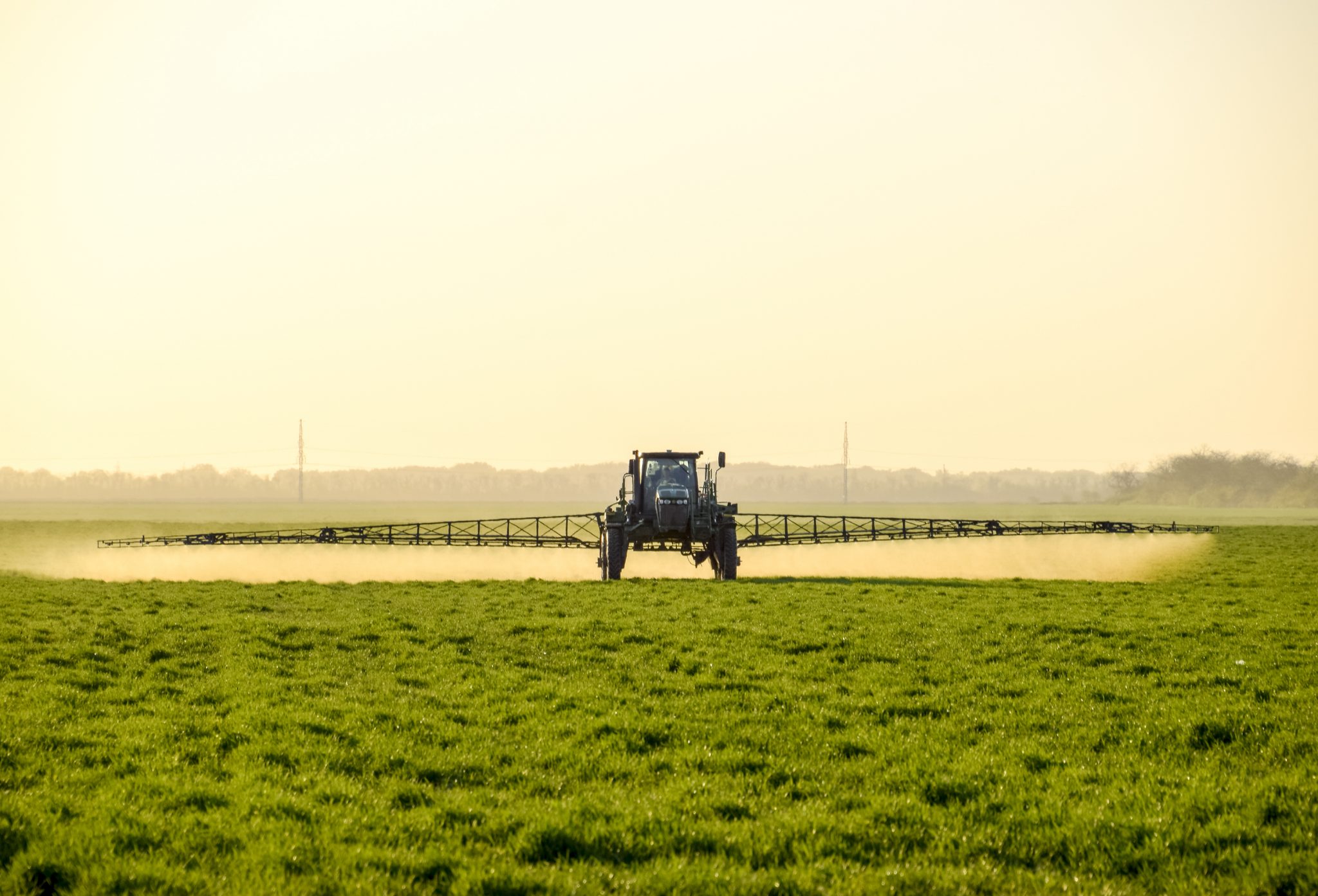Healthy Soils

Producers have been planting legumes in crop rotations to improve soil fertility for many decades, especially in the southeastern United States. Legumes are also recognized as valuable crops in water and soil conservation programs. Therefore, producers have a renewed interest in these plants because of the benefits observed in systems that use conservation tillage for grain production.
Nutrient management boils down to determining the right rate, source, timing, and placement of nutrients. Of particular concern is nitrogen (N). Because it readily leaches down through the soil, runs off into surface water, and volatilizes into the atmosphere, it is important for farmers to have a strong handle on their N application.
Cover crops can greatly influence nitrogen management by providing available N for cash crops. They also immobilize nitrogen and create the need for more fertilizer for cash crops. The amount of available N and the timing of release is complex. Plant biomass quantity and quality have a direct effect on the availability of nitrogen available from cover crop decomposition. Other factors include: species mixture composition, cover crop management—or termination timing—and climate.
A producer’s ultimate goal is to maximize N efficiency by decreasing nitrogen loss from the system. Producers should also work to maximize synchronization between nitrogen release from cover crop biomass and cash crop N demand.
More Information
For more information on N release from cover crops, download a PDF from Southern SARE.
This product was developed with support from the Southern Sustainable Agriculture Research and Education (Southern SARE) program, which is funded by the U.S. Department of Agriculture—National Institute of Food and Agriculture (USDA-NIFA). Any opinions, findings, conclusions or recommendations expressed within do not necessarily reflect the view of the Southern SARE program or the U.S. Department of Agriculture. USDA is an equal opportunity provider and employer.

